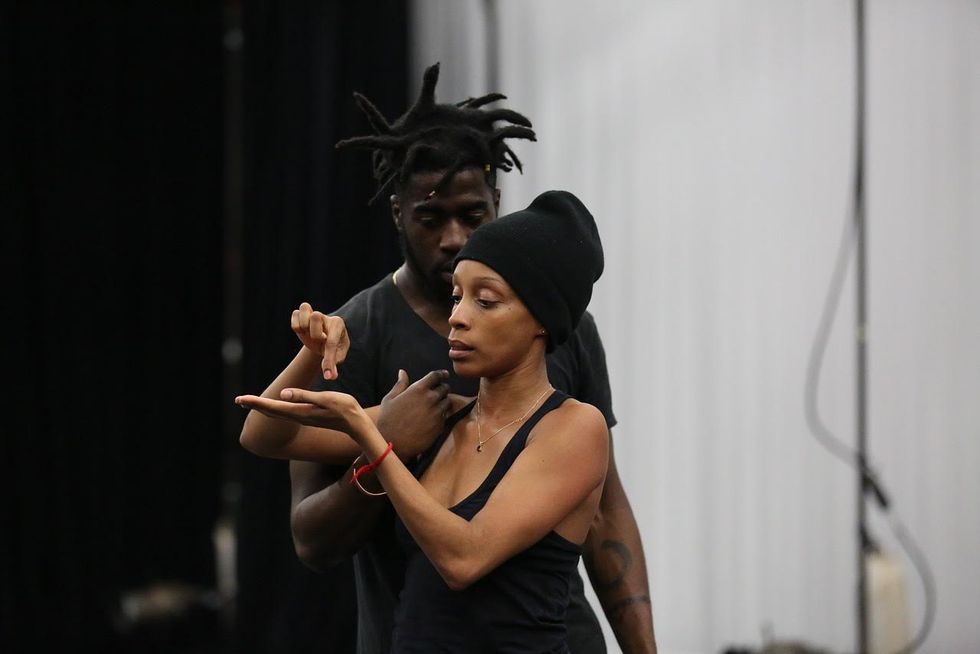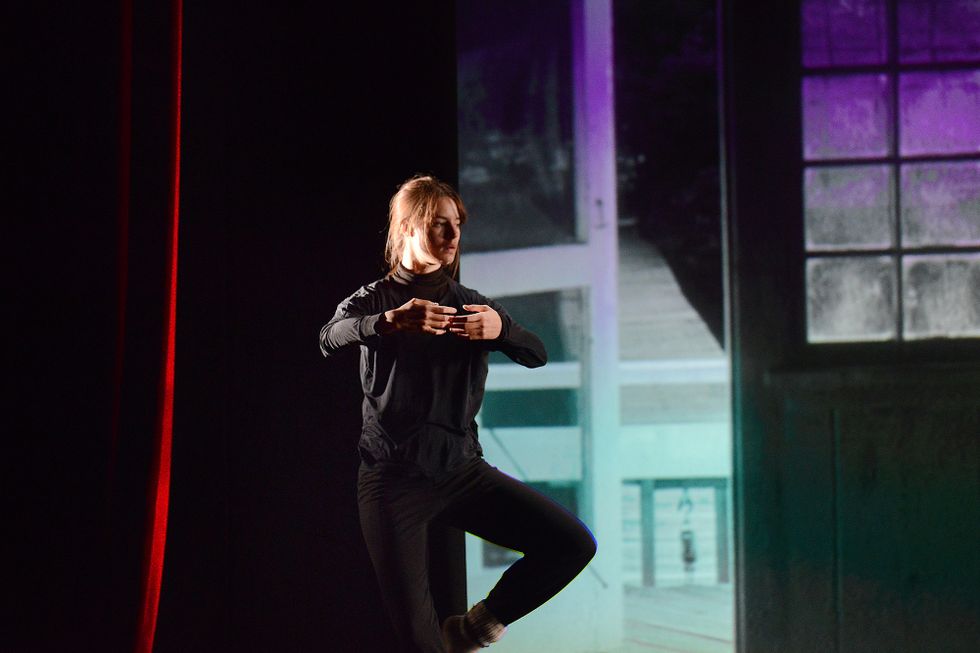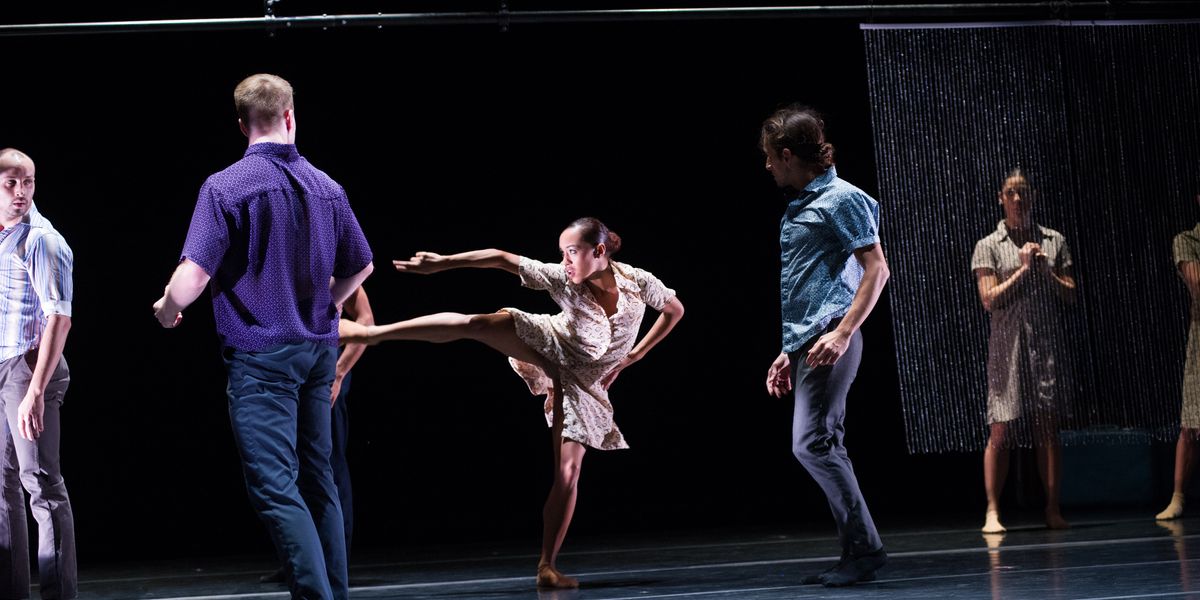5 Strategies To Help You Adapt to Any Choreographic Process
One choreographer wants to explore ideas through improvisation; another demands quick pickup of specific steps. One might demonstrate ideas physically; another may rely on language and gestures imbued with feeling. Puzzling out how to thrive in ever-changing creative environments is an ongoing practice, but a little preparation and the right mindset can go a long way.

Yusha-Marie Sorzano. Photo by Chris Cameron
Demote Inner Critics
Moving past internal expectations and fantasies of instant perfection expands your ability to participate in generating work. “It’s okay if you don’t get it at first,” says Yusha-Marie Sorzano, who dances with Camille A. Brown. Repeating phrases over time, or even getting some distance from them, can help material start to feel natural, Sorzano says. Letting go of expectations can take some anxiety out of the learning experience.
Build the Right Warm-Up
Finding an individualized pre-rehearsal routine is key. “If I were talking to my college-age self, I’d tell her to solidify a personal warm-up much sooner,” says Megan Wright, a dancer with Stephen Petronio Company. Before every rehearsal, Wright works through what she calls a “nondenominational” series of exercises ranging from push-ups to tendus. Taking as little as 20 minutes to make her own movement choices and ready her mind and body to move outside the pathways of any one technique is especially helpful in an unfamiliar process, she says.

Megan Wright, Photo by Marica Kolcheva
Do Your Homework
Ballet Hispanico dancer Jenna Marie Graves found out early in her career that she needed to spend time after rehearsal writing notes from the day, repeating phrases and reviewing video. “The harder I worked at home,” she says, “the easier and less stressful it was in rehearsal.” Once the choreographer had finished making new material, that extra work gave her more freedom. “I had a chance to really investigate and grow through the movement without thinking of what the next step was.”
Weigh the Trade-Offs
Having a firm idea of what you want from an experience can help take the sting out of otherwise frustrating aspects of a choreographer’s work style. “I get really headstrong and resistant when I feel like the room is tipping into a nondemocratic place,” says Wright. “I’ve had to remind myself: What are the larger reasons I’m here?” It might be as transactional as good pay or international travel. Or it might be a desire to work alongside dancers who help you grow, or a strong belief in a choreographer’s product, if not her process.

Nathan B. Makolandra. Photo by Morgan Lugo, Courtesy LADP
Know Your Power
“You only have so much control, and sometimes you have to go along for the ride,” Sorzano says. That doesn’t leave you powerless, however. Nathan B. Makolandra, a dancer with L.A. Dance Project, recalls a time at The Juilliard School when he struggled with partnering in a new work. Physical pain from the proposed choreography led him to resist the vocabulary of the piece altogether. “I internalized the frustration I was feeling until I was too angry to participate,” he says. Now, Makolandra has a more empowered mindset. Choosing to be less attached to material generated early on and striving to keep his mind open to choreographers’ different practices allows him to continuously work on being a more generous collaborator.
In the end, a difficult process can make performing that much more rewarding, Wright says. “Dancers have all the agency in the world once that curtain goes up.”




